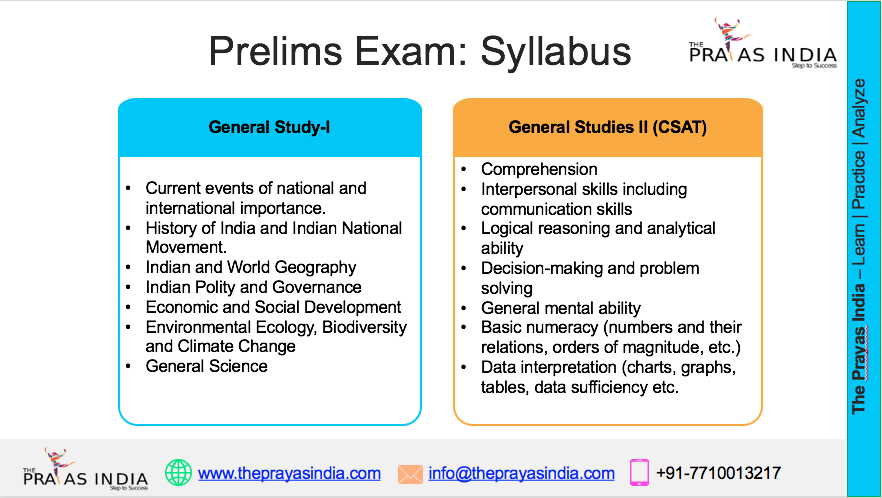DRDO Tests Indigenous Communication Systems: Strengthening National Security through Technology
Introduction
The Defence Research and Development Organisation (DRDO), India’s premier defence R&D agency, has successfully conducted field trials of two key indigenous communication systems – the Software Defined Radio (SDR) Manpack and the Compact Transhorizon Communication System (CTCS). Conducted in the challenging terrains of Joshimath, Uttarakhand, these trials signify a significant advancement in India’s quest for self-reliant and secure communication infrastructure for defence forces.

Overview of the Systems Tested
The SDR Manpack and CTCS were developed by the Defence Electronics Application Laboratory (DEAL), a DRDO facility based in Dehradun. These systems are designed to meet the complex communication needs of military and paramilitary forces operating in remote and high-risk areas.
-
SDR Manpack: A versatile, secure communication device capable of operating across multiple frequency bands. It supports both legacy and modern digital voice and data communication.
-
CTCS (Compact Transhorizon Communication System): Designed to provide high-speed, long-range connectivity in areas without civil communication infrastructure, making it vital for operations in remote terrains.
Objectives and Execution of the Trials
The primary objective of the trials was to test the performance of these communication systems under real-world conditions, including high altitudes, dense forests, and remote terrains. The systems were evaluated based on user-defined operational benchmarks set by various national security agencies.
The trials were conducted in collaboration with the Ministry of Home Affairs and several Central Armed Police Forces (CAPFs), including the Indo-Tibetan Border Police (ITBP), Sashastra Seema Bal (SSB), Border Security Force (BSF), and Central Reserve Police Force (CRPF). This direct involvement of end-users ensured rigorous and practical evaluation.
Technical Significance
The SDR and CTCS represent a technological leap in India’s communication systems. While SDR offers flexibility and secure multi-channel operations across bands, CTCS enables large-hop terrestrial backhaul communication—ideal for border areas and high-altitude deployments.
These systems are critical for enhancing:
-
Tactical coordination during combat and surveillance
-
Secure and uninterrupted command flow
-
Communication resilience in hostile or infrastructure-deficient regions
National Security and Strategic Importance
The successful testing of SDR and CTCS reflects DRDO’s commitment to Atmanirbhar Bharat (Self-Reliant India) in defence technology. These systems will significantly reduce dependence on foreign equipment and strengthen the communication capabilities of Indian armed and paramilitary forces. In times of crisis or conflict, seamless and secure communication becomes the backbone of any effective response.
Why This Topic Is Important for Competitive Exams
For aspirants preparing for exams like UPSC, CDS, CAPF, SSC, and State PCS, understanding India’s advancements in defence technology is crucial for both the General Studies and Current Affairs segments. This topic is particularly relevant for:
-
UPSC GS Paper III: Security and Defence Technology
-
UPSC GS Paper II: India’s internal security and border management
-
Defence exams: Knowledge of strategic developments
-
Essay and Interview stages: Analytical understanding of self-reliance in critical sectors
It also demonstrates the intersection of science and national policy, a recurring theme in many civil service and defence examinations.
Conclusion
The successful trial of SDR Manpack and CTCS marks a significant milestone in India’s defence readiness. These indigenous communication systems not only bolster the operational strength of security forces but also align with the nation’s broader goals of technological self-reliance and national security. Aspirants aiming to serve the nation—whether through civil services or the armed forces—must stay informed about such critical developments, as they reflect the evolving landscape of India’s internal and external security strategy.


![Prayas-लक्ष्य [UPSC CSE Target] The Prayas India](https://theprayasindia.com/wp-content/uploads/2021/08/Prayas-लक्ष्य-UPSC-CSE-Target-The-Prayas-India-300x167.png)

![Prayas Pre-भेदश [UPSC CSE Prelims Test Series] The Prayas India](https://theprayasindia.com/wp-content/uploads/2021/08/Prayas-Pre-भेदश-UPSC-CSE-Prelims-Test-Series-The-Prayas-India-300x167.png)










